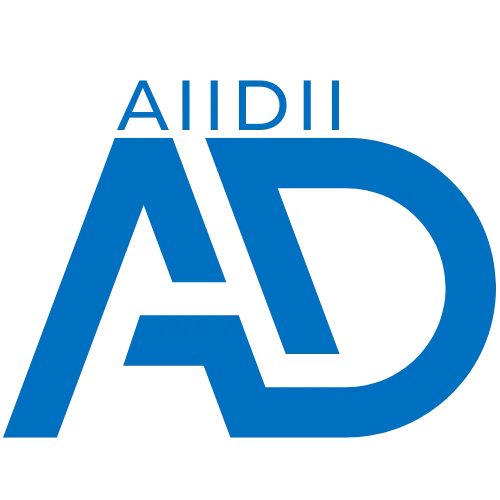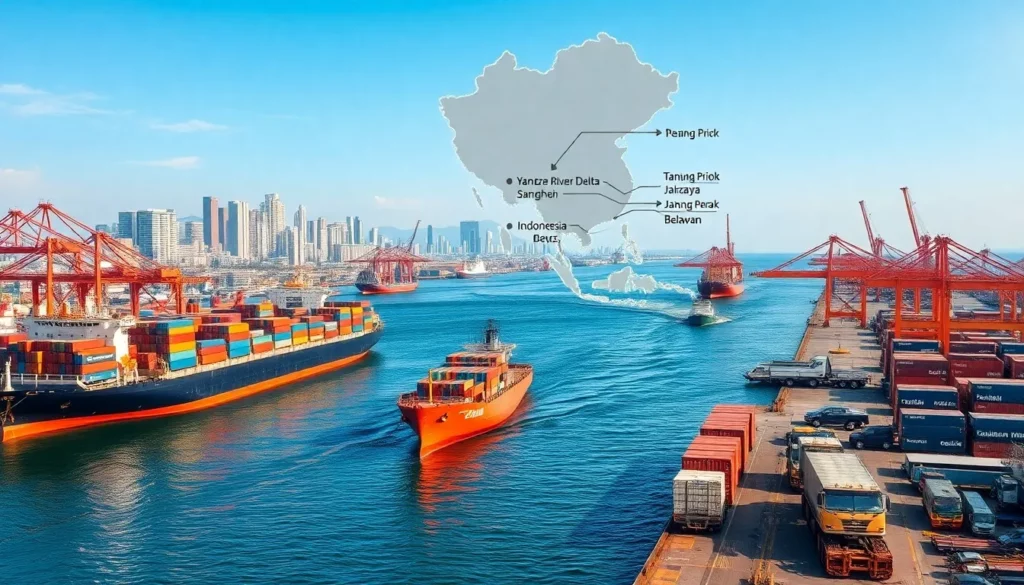As a B2B importer, you face the challenge of moving goods from China to Indonesia efficiently and cost-effectively. With bilateral trade exceeding $79 billion annually, this trade lane offers immense opportunities but demands careful navigation of shipping methods, costs, and regulations. At AIIDII, we’ve streamlined logistics for importers like you, ensuring seamless operations.
Most Important: Shipping from China to Indonesia takes 7–25 days by sea (FCL/LCL), 1–8 days by air, or 1–5 days by express courier, depending on the method and route.
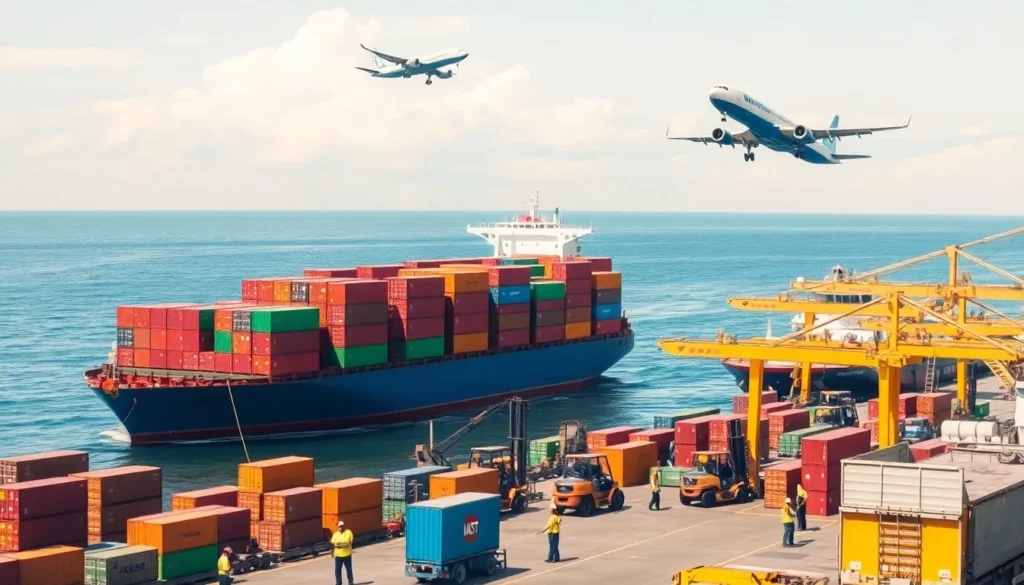
Foundations of China-Indonesia Shipping: Key Concepts for B2B Importers
Understanding the China-Indonesia Trade Lane Dynamics
The China-Indonesia trade corridor is a powerhouse, with Indonesia importing over $60 billion in goods from China annually. This proximity and robust trade relationship create cost-effective logistics opportunities for you. However, success hinges on understanding key hubs, trade agreements, and challenges.
Overview of Key Export Hubs in China and Import Gateways in Indonesia
China’s export hubs drive your supply chain:
- Pearl River Delta (Shenzhen, Guangzhou): Specializes in electronics and high-tech goods.
- Yangtze River Delta (Shanghai, Ningbo): Offers diverse manufacturing for textiles, machinery, and more.
Indonesia’s import gateways serve distinct regions:
- Tanjung Priok (Jakarta): Handles 70% of Indonesia’s container traffic.
- Tanjung Perak (Surabaya): Serves eastern Java’s industrial needs.
- Belawan (Medan): Connects Sumatra’s markets.
Pro Tip: Align your supplier’s location with the nearest Chinese port to reduce inland trucking costs.
Significance of the ASEAN-China Free Trade Area (ACFTA) for Importers
The ACFTA slashes tariffs to 0–5% on over 7,000 product categories, including electronics and textiles. By securing a Form E Certificate of Origin, you can save thousands per shipment. In my 20 years at AIIDII, I’ve seen importers cut costs significantly by leveraging ACFTA benefits.
Current Trends and Potential Challenges in the China-Indonesia Shipping Corridor
You face:
- Port Congestion: Chinese ports like Shanghai report 10–20% rate hikes due to delays.
- Regulatory Shifts: Indonesia’s stricter pre-shipment inspections for electronics increase lead times.
- Geopolitical Factors: Red Sea disruptions may reroute shipments, adding 3–7 days.
Best Practice: Build buffer time into your schedules to account for congestion and regulatory delays.
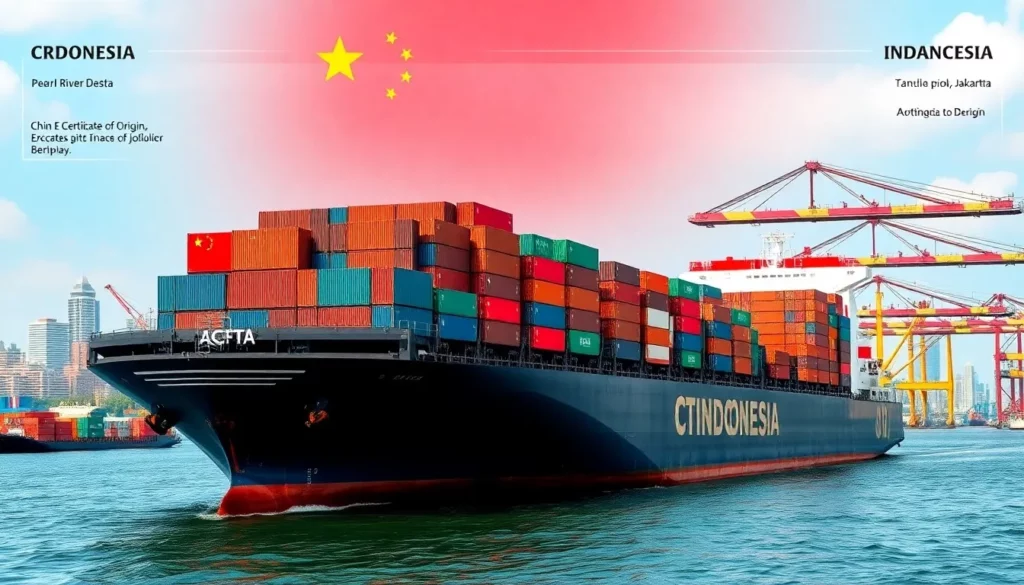
Core Terminology in International Freight for B2B Importers
Mastering freight terms empowers you to communicate confidently with logistics partners and make informed decisions.
Defining Freight Forwarders, Carriers, NVOCCs, Consignees, and Shippers
- Freight Forwarder: Your logistics coordinator, managing documentation and customs (e.g., AIIDII).
- Carrier: Operates vessels or planes (e.g., Maersk, Cathay Pacific).
- NVOCC: Consolidates LCL shipments without owning vessels.
- Consignee: You, the receiver in Indonesia.
- Shipper: Your Chinese supplier sending the goods.
Explaining Full Container Load (FCL) and Less than Container Load (LCL)
- FCL: Exclusive container use for high-volume shipments (>13 CBM), offering security and speed.
- LCL: Shared container space for smaller loads (2–13 CBM), cost-effective but slower due to handling.
Introduction to Common Shipping Documents
Key documents ensure compliance:
- Bill of Lading (B/L): Contract and receipt for sea freight (Ocean, House, Master).
- Air Waybill (AWB): Non-negotiable air freight document.
- Commercial Invoice: Details goods’ value and specs.
- Packing List: Lists contents, weights, and dimensions.
- Certificate of Origin (Form E): Secures ACFTA tariff reductions.
Critical Warning: Incomplete documents can delay customs clearance by 3–7 days, risking demurrage fees.
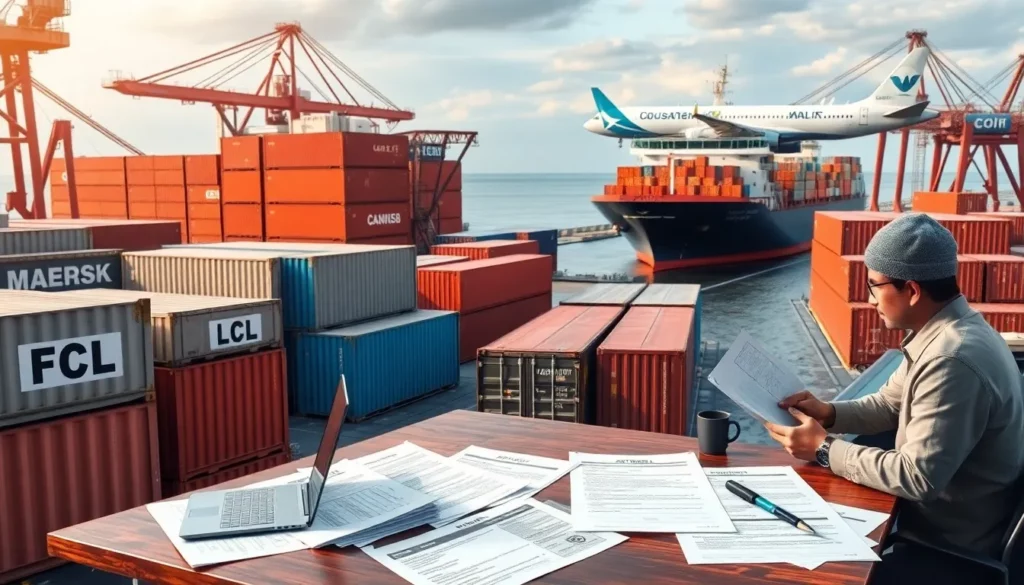
Shipping Method: Sea, Air, and Express Freight
Ocean Freight Solutions: Balancing Cost, Volume, and Transit Time
Sea freight dominates China-Indonesia trade for its affordability and capacity, ideal for bulk or non-urgent goods like machinery or textiles.
Full Container Load (FCL) Shipping
FCL offers exclusivity, minimizing handling risks. It’s perfect for shipments over 13 CBM, such as bulk textiles or electronics. Key routes include:
- Shanghai to Jakarta: Weekly sailings, 7–10 days.
- Shenzhen to Surabaya: Efficient for eastern Indonesia.
Key Metric: FCL reduces damage rates by 30% compared to LCL due to less handling.
Less than Container Load (LCL) Shipping
LCL consolidates smaller shipments, costing $30–60/CBM. It’s ideal for 2–13 CBM but involves 3–7 extra days for consolidation/deconsolidation.
Key Chinese and Indonesian Seaports
| Country | Port | Key Features |
|---|---|---|
| China | Shanghai | World’s largest container port, diverse cargo. |
| China | Shenzhen | Proximity to electronics manufacturing. |
| Indonesia | Tanjung Priok | Handles 70% of Indonesia’s imports. |
| Indonesia | Tanjung Perak | Serves Java’s industrial hub. |
Typical Sea Freight Transit Times
| Route | Fast Service (Days) | Standard Service (Days) |
|---|---|---|
| Shanghai–Jakarta | 7–10 | 10–15 |
| Shenzhen–Surabaya | 8–12 | 12–20 |
Pro Tip: Avoid peak seasons (July–September) to secure lower rates and faster transit.
Understanding Standard Container Types and Capacities
| Container Type | Capacity (CBM) | Best For |
|---|---|---|
| 20ft GP | 33 | Dense goods |
| 40ft GP | 67 | General cargo |
| 40ft HC | 76 | Lightweight cargo |
| Reefer | Varies | Perishables |
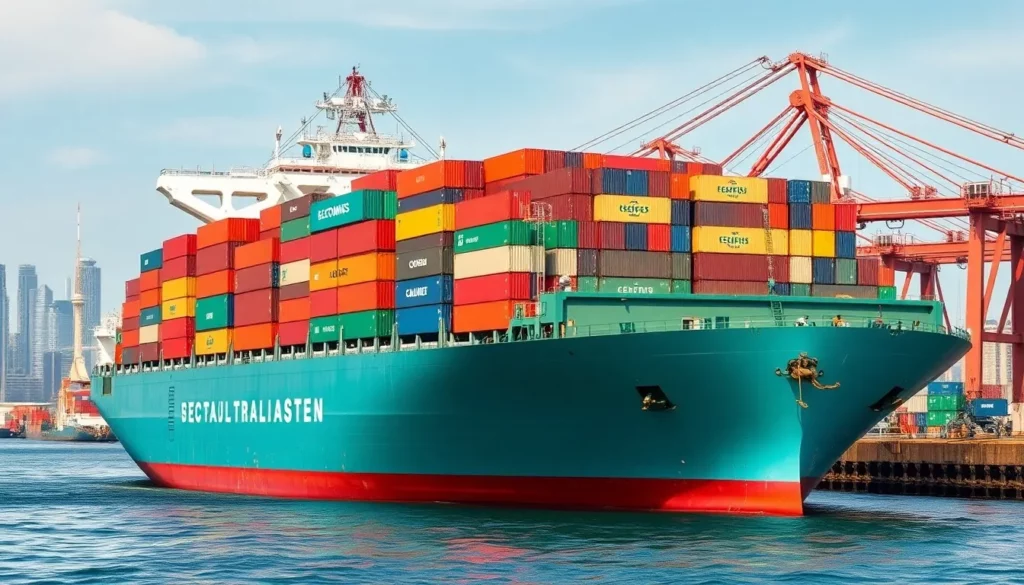
Air Freight Solutions: Prioritizing Speed for High-Value or Time-Sensitive Cargo
Air freight ensures rapid delivery for urgent or high-value goods like electronics or pharmaceuticals, despite higher costs ($2–8/kg).
Advantages and Disadvantages of Air Freight
| Aspect | Advantages | Disadvantages |
|---|---|---|
| Speed | 1–5 days transit | Higher cost ($2–8/kg) |
| Inventory | Lower holding costs | Limited cargo size |
| Security | Enhanced for high-value goods | Fuel surcharges |
Key Chinese and Indonesian Airports
| Country | Airport | Cargo Volume (Tons/Year) |
|---|---|---|
| China | PVG (Shanghai) | 3.8M |
| China | CAN (Guangzhou) | 2.4M |
| Indonesia | CGK (Jakarta) | 1.5M |
| Indonesia | SUB (Surabaya) | 150K |
Typical Air Freight Transit Times
- Airport-to-Airport: 1–5 days.
- Door-to-Door: 3–8 days, including customs.
Calculating Air Freight Costs
Chargeable weight is the greater of:
- Actual Weight (kg): Physical weight.
- Volumetric Weight (kg): (L × W × H in cm) ÷ 6000.
Example: A 100kg shipment measuring 1m × 1m × 1m has a volumetric weight of 167kg, so costs are based on 167kg.
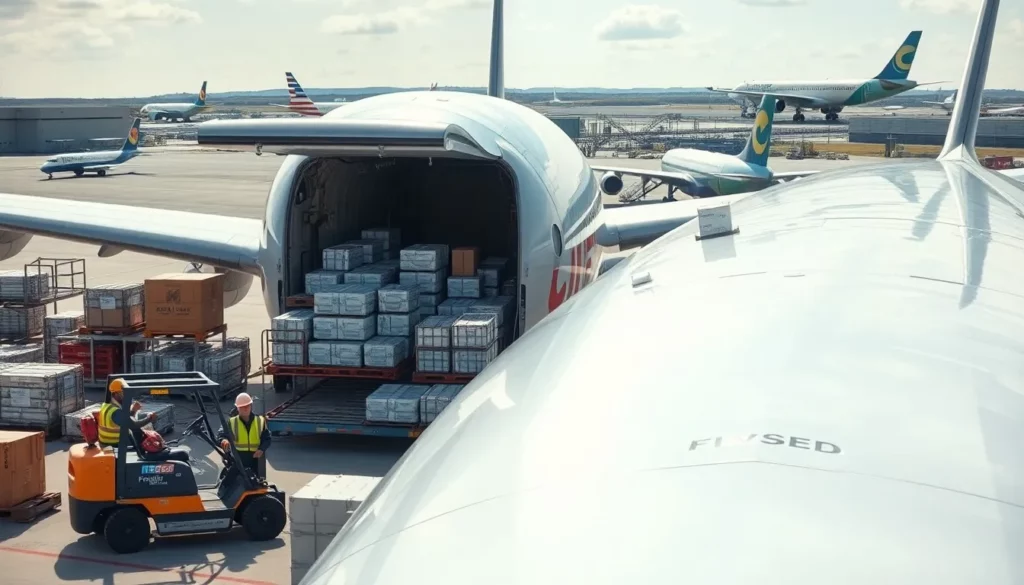
Express Courier Services: For Time-Critical, Small Parcels, and Document Shipments
Express services (DHL, FedEx, UPS) excel for urgent, low-weight shipments like samples or documents, offering door-to-door convenience.
Leading International Express Providers
| Provider | Rate ($/kg) | Delivery Time (Days) |
|---|---|---|
| DHL | 12–15 | 1–3 |
| FedEx | 12–15 | 1–3 |
| UPS | 15 | 1–3 |
Ideal Use Cases for Express Shipping
- Samples/Prototypes: For rapid market testing.
- Urgent Documents: Contracts or legal papers.
- E-commerce Orders: Small, high-value goods.
Cost Structure of Express Services
All-inclusive rates ($5–15/kg) cover pickup, customs, and delivery, with 1–5 day transit times.
Comparing Express vs. Standard Air Freight
| Feature | Express | Standard Air Freight |
|---|---|---|
| Speed | 1–5 days | 3–8 days |
| Cost | $5–15/kg | $2–8/kg |
| Tracking | Detailed | Basic |
| Customs | Included | Separate broker needed |

Alternative and Specialized Shipping Options
Door-to-Door (D2D) Shipping Services
D2D simplifies logistics with a single contact managing pickup to delivery. Costs:
- Sea: $200–300/CBM.
- Air: $7–12/kg.
- Express: $12–15/kg.
Rail and Multimodal Options
Rail is limited but useful for inland China transport to ports, reducing trucking costs by 20–30%.
Considerations for Project Cargo or Oversized Shipments
Oversized cargo requires flat-rack or open-top containers, with costs 2–3x standard rates due to special handling.
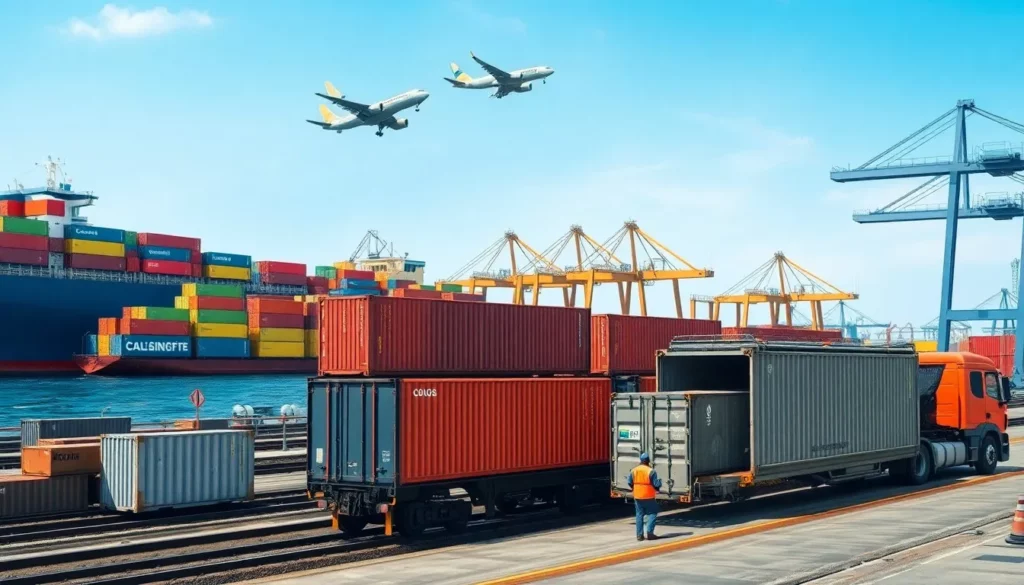
Step-by-Step Guide:
Phase 1: Pre-Shipment Planning and Supplier Engagement
- Step 1.1: Defining Detailed Shipment Requirements:
- Product Specs: Type, fragility.
- Volume/Weight: Determines FCL/LCL.
- Urgency/Budget: Guides method choice.
- Step 1.2: Researching and Qualifying Chinese Suppliers:
- Verify licenses and export history.
- Assess production capacity.
- Ensure compliance with Indonesian standards.
- Step 1.3: Negotiating Purchase Order Terms:
- Specs and Pricing: Avoid disputes.
- Incoterms: Clarify responsibilities (e.g., FOB, CIF).
- Lead Times: Align with shipping schedules.
- Step 1.4: Obtaining Proforma Invoice:
- Verify details like HS codes, values, and Incoterms to prevent customs issues.
- Step 1.5: Confirming Indonesian Importer Eligibility:
- API/NIB/NPWP: Mandatory for imports.
- Specific Licenses: For restricted goods (Lartas).
Critical Warning: Missing licenses can halt shipments indefinitely.
Phase 2: Booking Freight and Cargo Preparation
- Step 2.1: Selecting a Freight Forwarder or Carrier:
- Request quotes comparing:
- Services (sea, air, express).
- Transit times and costs. Tracking and support.
- Step 2.2: Providing Comprehensive Shipment Details:
- Commodity, weight, dimensions.
- HS code, addresses, Incoterms.
- Step 2.3: Confirming the Freight Booking:
- Review booking confirmation for schedules and instructions.
- Step 2.4: Coordinating with Supplier: Align ex-factory dates with shipping schedules.
- Step 2.5: Ensuring Proper Cargo Packaging:
- Use robust packaging with clear labels (e.g., “Fragile,” “Made in China”) to meet Indonesian standards.
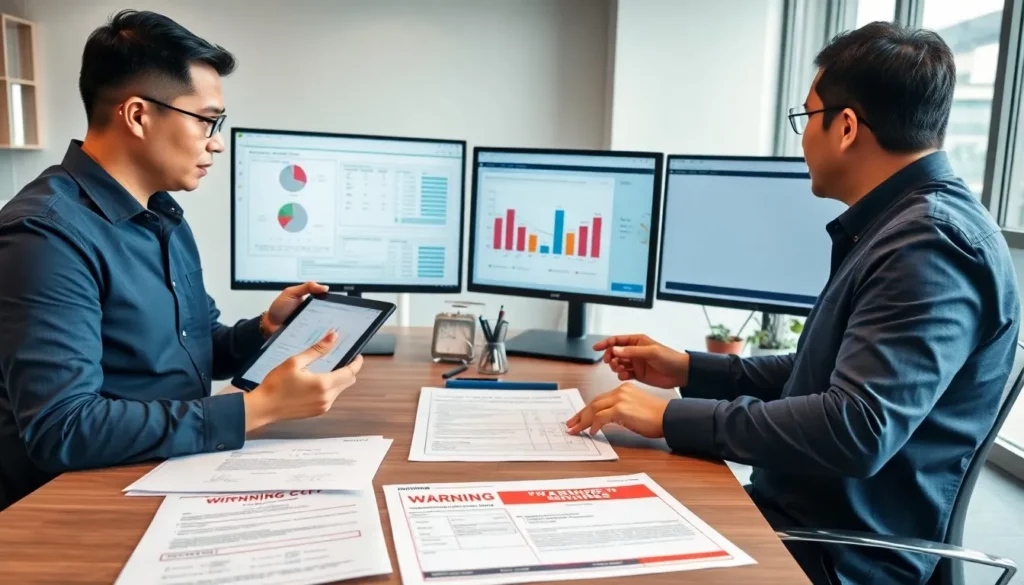
Phase 3: Export Documentation and Procedures in China
- Step 3.1: Supplier Prepares Key Documents:
- Commercial Invoice/Packing List: Details goods.
- Certificate of Origin (Form E): For ACFTA benefits.
- Step 3.2: Forwarder Arranges Export Customs Declaration: Ensures compliance with Chinese regulations.
- Step 3.3: Cargo Handover: Arrange pickup (EXW/FOB) or supplier delivery to port.
- Step 3.4: Issuance of B/L or AWB: Received post-departure, enabling tracking.
Phase 4: International Transit and Shipment Monitoring
- Step 4.1: Main Carriage: Sea: 7–25 days. Air: 1–5 days.
- Step 4.2: Utilizing Tracking Systems: Monitor via PPJK’s portal for real-time ETAs.
- Step 4.3: Pre-Arrival Notifications: Forwarder alerts you 3–7 days before arrival.
- Step 4.4: Submitting Documents: Provide B/L, invoice, and packing list to your broker early.
Phase 5: Import Customs Clearance in Indonesia
- Step 5.1: Submitting Import Declaration (PIB): Your broker submits PIB using BTKI HS codes.
- Step 5.2: Paying Duties and Taxes:
- Bea Masuk: 0–15% on CIF value.
- PPN: 11% on (CIF + duty).
- PPh Pasal 22: 2.5–7.5%.
- Step 5.3: Customs Assessment:
- Green Channel: Document review only.
- Red/Yellow Channel: Possible inspection.
- Step 5.4: Addressing Customs Queries: Respond promptly with additional documents.
- Step 5.5: Obtaining Goods Release (SPPB): Enables final delivery upon clearance.
Phase 6: Final Delivery and Post-Shipment Activities
- Step 6.1: Arranging Local Handling: Pay port charges ($50–200/container).
- Step 6.2: Organizing Last-Mile Delivery: Schedule trucking to your warehouse.
- Step 6.3: Inspecting Goods: Check for damage or discrepancies; file claims if needed.
- Step 6.4: Finalizing Accounting: Review costs for future optimization.
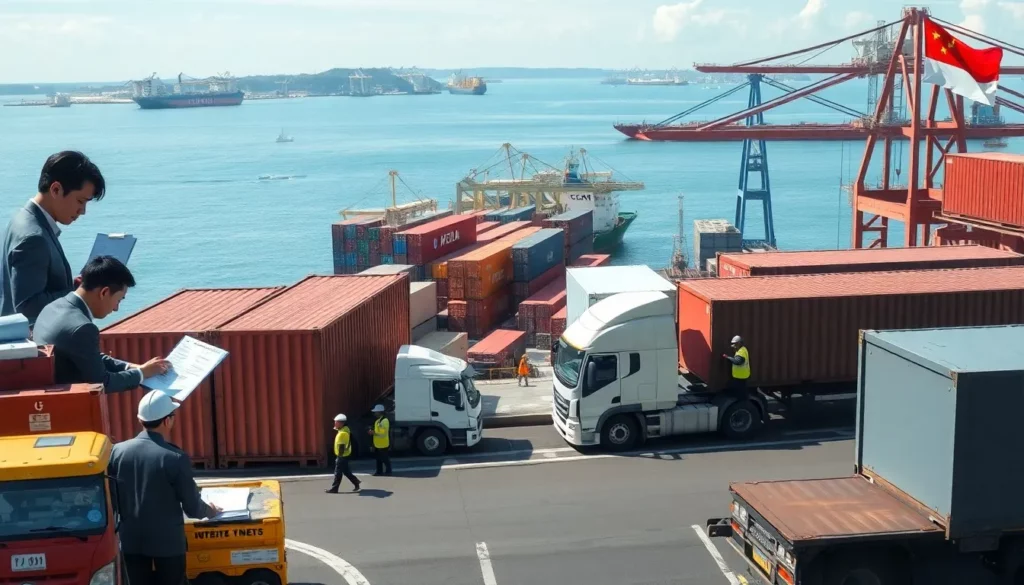
Costs and Incoterms
Comprehensive Breakdown of International Shipping Cost Components
Ocean and Air Freight Base Rates
Fluctuate due to:
- Supply/demand and seasonality.
- Fuel prices (VLSFO for sea, VAT for air).
Common Surcharges
| Surcharge | Purpose | Typical Cost |
|---|---|---|
| BAF/FSC | Fuel adjustment | 15–30% of base rate |
| PSS | Peak season | $100–500/container |
| CAF | Currency fluctuation | 2–5% of base rate |
Origin Local Charges (China)
- THC: $80–150/container.
- Documentation: $50–100.
Destination Local Charges (Indonesia)
- DTHC: $100–200/container.
- Brokerage: $100–300.
- Cargo Insurance Costs: Premiums: 0.1–0.5% of cargo value, with “All Risk” (Clause A) recommended.
- Import Duties and Taxes: Detailed in customs section.
Strategically Utilizing Incoterms
| Incoterm | Importer Responsibility | Best For |
|---|---|---|
| EXW | All costs from supplier door | Experienced importers |
| FOB | From Chinese port | Forwarder control |
| CIF | From Indonesian port | Cost certainty |
| DDP | Only unloading | Convenience |
Choosing the Right Incoterm
Align with your expertise, risk tolerance, and cost goals. FOB is popular for control; DDP simplifies for beginners.
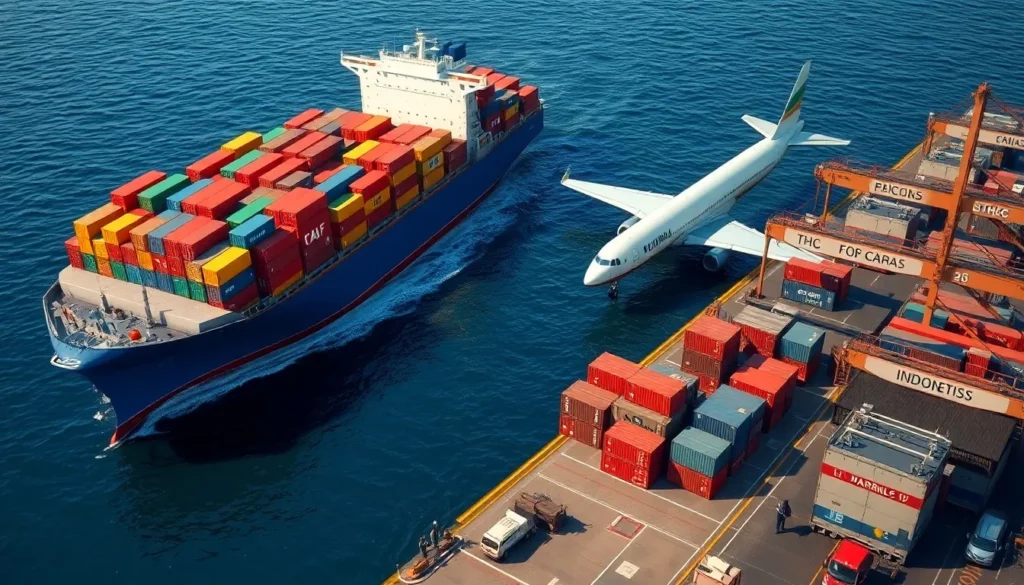
Indonesian Import Regulations:
Essential Documentation for Smooth Customs Clearance
- Commercial Invoice: Include seller/supplier details, HS code, and Incoterms.
- Packing List: Align with supplier and cargo.
- Bill of Lading/Air Waybill: Serves as contract and receipt.
- Certificate of Origin (Form E): Unlocks ACFTA tariff reductions.
Indonesian Importer Requirements
- API-U/P, NIB, NPWP: Mandatory.
- Licenses: For Lartas goods.
Other Documents
- Insurance policy.
- Pre-shipment inspection (LSP) for electronics/textiles.
Bill of Entry (PIB)
Formal import declaration.
Navigating Indonesian Customs Procedures and Import Duties
- Harmonized System (HS) Codes: Use BTKI for accurate classification.
Calculation of Import Duties
- Bea Masuk: CIF × tariff rate.
- PPN: 11% on (CIF + duty).
- PPh Pasal 22: 2.5–7.5%.
- Customs Clearance Process: PIB submission → Channel assignment → Verification → SPPB.
- Understanding Lartas: Secure permits for restricted goods pre-shipment.
Specific Indonesian Import Considerations
- Pre-Shipment Inspection (PSI/LS): Mandatory for electronics, adding 2–4 weeks.
- Indonesian National Standard (SNI): Required for consumer goods, needing lab testing.
- Labeling Requirements: Use Bahasa Indonesia for consumer products.
- Bonded Zones (KB/KEK): Offer duty deferrals for eligible importers.
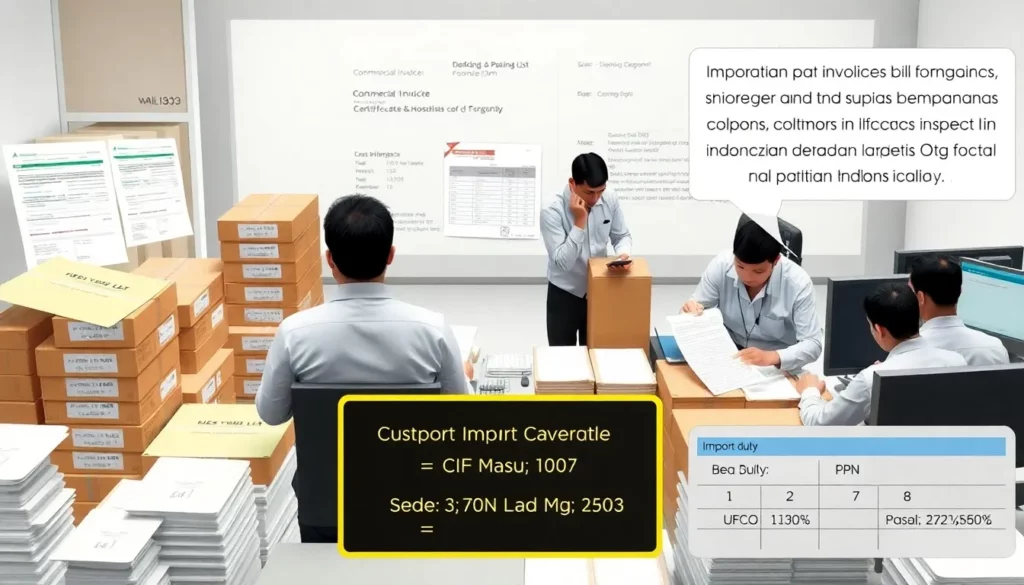
Partner Selection and Logistics Optimization
Evaluating and Choosing the Right Freight Forwarder
Criteria for Selection
- Experience: China-Indonesia expertise.
- Services: Customs, tracking, D2D.
- Technology: Real-time portals.
- Comparing Quotes: Ensure transparency in inclusions/exclusions.
- Importance of Local Presence: Facilitates customs and delivery.
- Verifying Credentials: Check PPJK licenses, FIATA membership.
Optimizing Your Supply Chain
- Effective Cargo Packaging: Optimize for space and protection.
- Strategic Shipment Consolidation: Use LCL for small volumes.
- Leveraging Technology: Track shipments via PPJK’s portal.
- Proactive Risk Mitigation: Secure all-risk insurance and plan contingencies.
- Building Strong Supplier Relationships: Align suppliers for logistics efficiency.
Warehousing and Distribution Considerations
- Warehousing Options in China:
- Supplier or PP warehouses near ports.
- Warehousing in Indonesia:
- Bonded zones for duty deferral.
- Non-bonded for immediate use.
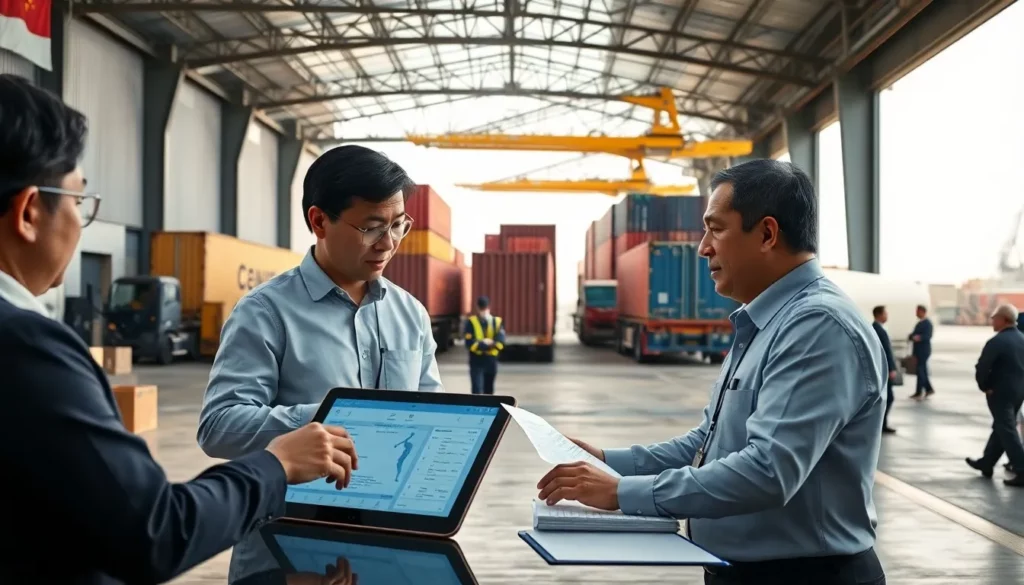
Conclusion
Shipping from China to Indonesia demands strategic planning across sea, air, or express methods, precise cost management with Incoterms, and strict compliance with Indonesian customs. Partnering with an experienced freight forwarder like AIIDII mitigates risks and optimizes your supply chain. Contact us for a tailored shipping strategy to boost your Indonesian operations.
Frequently Asked Questions (FAQs)
1. What are the key differences in customs clearance for express courier vs. traditional air/sea freight?
Express couriers handle clearance automatically, speeding up small shipments. Air/sea freight requires separate brokers, detailed documents, and potential inspections, delaying clearance by 1–3 days.
2. When should SNI certification be addressed, and how does it affect lead times?
Obtain SNI before shipping, adding 2–4 weeks for testing and approval. Early planning prevents customs holds and delays.
3. How do exchange rate fluctuations impact landed costs, and which Incoterms mitigate this?
Rates can shift costs by 3–8%. CIF/DDP terms transfer supplier risk to suppliers; EXW/FOB give you control via USD contracts.
4. What challenges occur at Tanjung Priok, and how can importers minimize delays?
Congestion and inspections cause delays. Use pre-clearance, trusted trader programs, and brokers with port expertise to expedite.
5. What are the top three tips for selecting a China-Indonesia freight forwarder?
Verify lane-specific experience, ensure comprehensive services (customs, tracking), and assess pricing transparency and communication.
